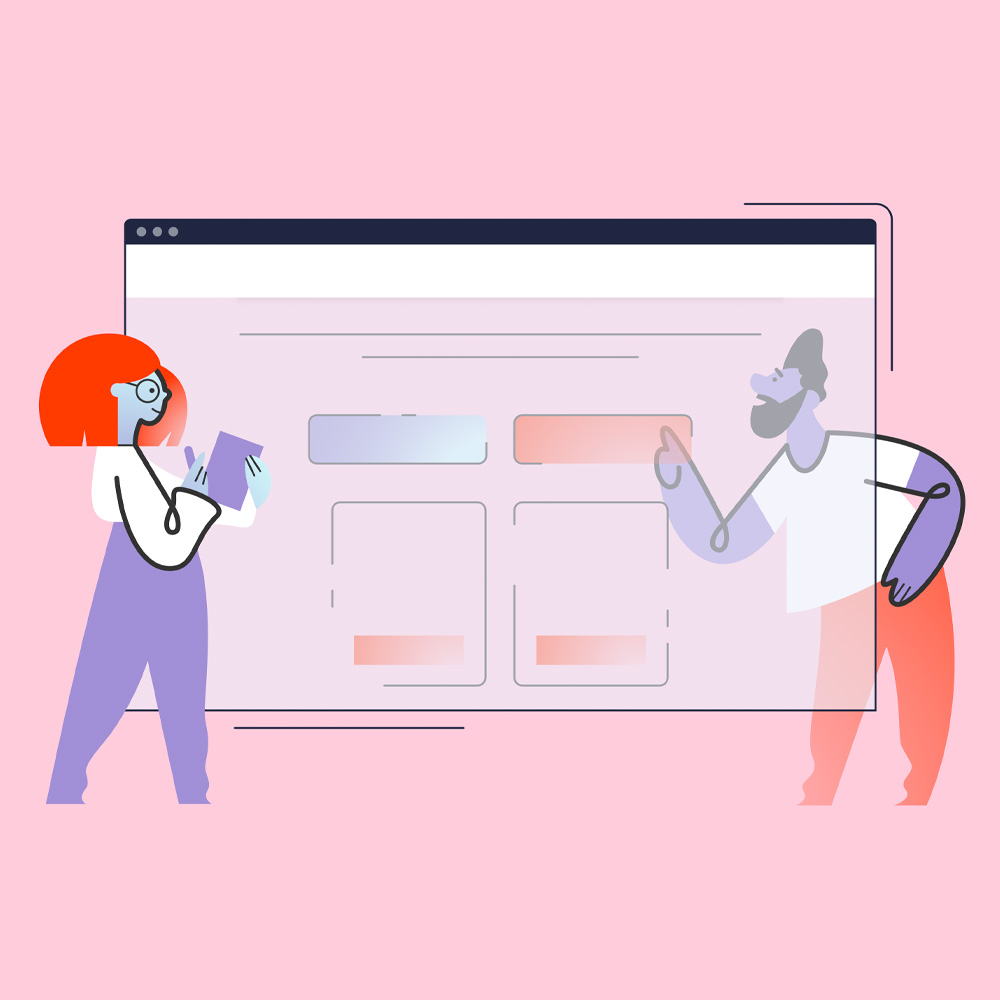
Does Artificial Intelligence Pose a Threat to Children’s Services?
18.06.2024
New Agency Social Work Rules
09.12.2024In today’s fast-paced digital world, software is never truly “finished.” Whether it’s a patch to fix bugs, updates introducing new features, or the release of an entirely new product, the software you use is constantly evolving. But how do we ensure these changes work as intended in your specific environment? That’s where acceptance testing comes into play.
Acceptance testing is a crucial phase in the software development process, and you, as the customer, play an essential role in ensuring the software meets your needs and expectations. In this post, we’ll explore what acceptance testing is, why it’s so important, and how your feedback shapes the future of the software you rely on.
What is Acceptance Testing?
In simple terms, acceptance testing is the process of verifying that software functions as expected in real-world scenarios. It’s the final step before software is rolled out to all users, acting as a last check to ensure the product is ready for use. While developers and testers work tirelessly to identify bugs and improve functionality during development, only users can confirm that the software performs as needed in practical, everyday situations.
There are several types of acceptance testing, including:
- User Acceptance Testing (UAT): Performed by end users to ensure the software works as expected in practical, real-life scenarios.
- Business Acceptance Testing (BAT): Ensures the software aligns with the business’s goals and processes.
- Contractual Acceptance Testing (CAT): Validates the software against specific contractual agreements.
- Regulatory Acceptance Testing (RAT): Ensures the software complies with industry regulations and standards.
Why is Acceptance Testing an Ongoing Process?
It’s tempting to think of each software release—whether it’s a minor patch or a major update—as a finished product. However, acceptance testing is not a one-off event. With every new feature, bug fix, or performance improvement, the software evolves. This evolution requires continuous validation to ensure new additions integrate smoothly with existing features and that no new issues arise.
Every time you receive an update, whether it’s a new feature or a small patch, you are part of an ongoing testing process. Your feedback is invaluable, helping developers understand how changes affect real-world use and identifying unforeseen challenges that might arise in different environments.
The Customer’s Role in Acceptance Testing
So, how do you fit into this process? Your experience with the software is key to its continued success. Acceptance testing is most effective when real users—people like you—are involved. Here’s how your role contributes to the process:
Identifying Real-World Issues: No matter how much internal testing takes place, only users working with the software in their unique environments can reveal certain issues. You use the software in ways developers may not anticipate, uncovering edge cases that testing alone can’t predict.
Providing Valuable Feedback: After an update or patch, your feedback helps determine whether the software meets your expectations. Does the new feature improve your workflow? Are there any new bugs or challenges? Your insights guide future improvements.
Ensuring the Software Works for You: Ultimately, the goal of acceptance testing is to ensure the software fits your needs. By participating in this process, you help shape a product that works best for you and your organisation.
The Benefits of Participating in Acceptance Testing
By actively engaging in acceptance testing, you not only contribute to improving the software but also benefit in several ways:
- Early Access to New Features: You get an early look at new functionalities and improvements before they are officially rolled out, allowing you to adapt ahead of time.
- Tailored Solutions: By sharing your feedback, you help developers fine-tune the software to better suit your needs and workflows.
- Reduced Downtime and Fewer Bugs: The earlier issues are identified and resolved, the less likely you are to experience disruptive bugs or downtime after a new release.
- Better Alignment with Your Goals: Through testing, the software can be better aligned with your specific goals, ensuring updates enhance your experience rather than complicate it.
How We Support You Through the Testing Process
We understand that testing takes time and effort, which is why we strive to make the process as smooth as possible. When you participate in acceptance testing, we provide:
- Clear Instructions: You’ll receive easy-to-follow guidelines on what to test and how to provide feedback.
- Support Resources: Our support team is ready to assist if you encounter any issues during the testing process.
- Frequent Communication: We keep you informed about upcoming patches, new features, and updates so that you’re always in the loop.
Conclusion: Shaping the Future Together
Software development doesn’t end at launch—it’s an ongoing process of refinement and improvement. Acceptance testing is a vital part of this journey, ensuring every change meets your needs and performs reliably in your environment. And while developers, testers, and support teams all play key roles, the process is incomplete without your involvement.
By participating in acceptance testing, you’re not just a user—you’re a collaborator, helping shape a product that works better for everyone. Your feedback today helps drive tomorrow’s software improvements, ensuring every update aligns with your goals and expectations. So, the next time you receive an update or patch, remember that your input is critical to driving the evolution of the software you rely on.
Together, we can ensure the software continues to grow and improve, meeting your needs every step of the way.





